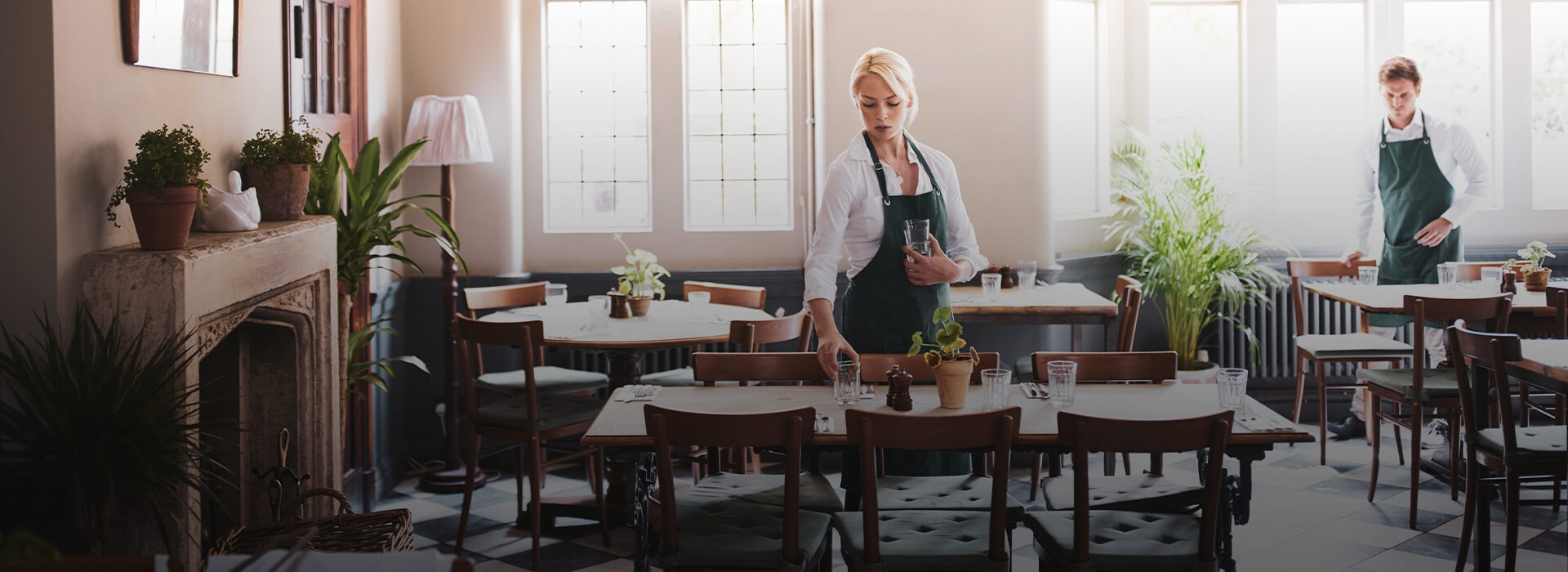
Article
5 min read
How To Manage Your Restaurant’s Costs
Dom Hopkinson
Nov 7, 2019
Chapters
How To Manage Your Restaurant’s Costs
An analysis from Deloitte shows Danish restaurant revenues have surged by 25 per cent in the past four years, restauranteurs must adapt to stay ahead of the increased competition by better managing costs. The Planday Blog caught up with CEO Christian Brøndum to see how Planday helps Danish hospitality operators stay in control of costs.
Danish newspaper Børsen highlighted how increased competition is affecting the revenues of restaurants throughout the industry and the rising pressures to stay competitive in the growing market, Planday CEO Christian Brøndum tells The Planday Blog.
“The article in Børsen shows that while competition is good for consumers, it means businesses will need to get smarter in how they run their businesses – using all the latest tech tools to make better business decisions, better manage their costs and stay ahead of the competition. Costs and competition are part of the rising pressures on restaurants in markets around the world,” Christian says.
“Key players in the industry foresee a significant correction of the sector where restaurants that haven’t optimised their operations and cost controls will simply be forced to close.
“The two cost levers businesses can pull are goods and labour. That’s why Planday has built a platform which gives restaurant owners faster data to make smarter decisions.
“We have many restaurants in Denmark which are using our tools to get the insights and data they need to maximise returns and protect their revenue – as well as the insights Planday offers into changes in dining habits and the market around the world.
“But this article is a timely reminder of the sweeping changes to the restaurant and hospitality sector here in the past few years and how digital tools can help those businesses continue to do what they do best in the future.”
Christian tells The Planday Blog the last few years have seen enormous growth in restaurants and hospitality throughout Denmark.
“You can see it throughout the country – there are now so many options for consumers and almost every street corner in Copenhagen now has a local restaurant or take-away store, which is fantastic – and the statistics in Børsen show the total number of restaurants has increased by around 1,400,” Christian says.
“This can be a good thing. It helps cater to the people who want to eat out more – and it also means there are more jobs and opportunities for shift workers in the hospitality sector. It’s often a starting point of many people’s working lives, and Planday has built a platform to empower shift workers and their managers to make scheduling simpler.
“It reflects some analysis Planday did about how the dining habits of younger people are now shaping the restaurant industry, and what an opportunity adapting to these changing habits are for restaurant owners in markets around the world.”
“From better time tracking, to getting a quick and simple overview of your employee’s vacation requests, holidays and better estimating the cost of shifts, Planday empowers restaurant owners to stay in control of costs and focus more on what really matters.
“This gives restaurants faster data to make smarter decisions – and then stay ahead of the competition.”
By inputting the cost of open shifts into planning — a new feature recently rolled out by Planday — The Fat Pike in Copenhagen takes the guess-work out of catering a party, managing a busy restaurant, trying to get new customers through the door (and a pizzeria at another site) and knowing for sure how many staff he will need to staff a shift based on previous shifts.
“It really helps with payroll. It gives you the information that you need, immediately,” Israel – The Fat Pike’s co-owner – says.
“You can see what it actually means when you have an extra person on — the cost impact it has on your business.
“I think I know what the shift needs in terms of staff. But it’s one thing to just spit-ball it, as we say in the States, but you’re just throwing a dart with your eyes closed.
“It’s another thing when you can actually track and see, ‘ok — this many hours!”
“So we can look at our labour costs every day — and our food cost and our beverage costs — compared to our income. And all these things are joined up, so it’s an integral part of our tracking.”
Watch how The Fat Pike uses Planday to take the guess-work out of scheduling
For Copenhagen burger institution Gasoline Grill, simpler communication between staff saves time and money and ensures shift swaps are managed between the team, rather than by a manager manually contacting staff.
“Now that we have several stores, we can communicate across locations and switch people around – and Planday has made it a lot easier,” Klaus Wittrup, Gasoline Grill’s Co-Owner, says.
Watch how Planday simplifies communication for Gasoline Grill
To help restaurants adapt to changes in the market and manage their costs, Christian says there is a handy Planday guide – the restaurant KPIs – to take the test and check your restaurant’s health.
“Competition and more jobs is a great thing for the restaurant industry in Denmark. But as changes in the economy continue, we want to help our customers adapt and make the most of the opportunity to grow even more and create more jobs,” Christian tells The Planday Blog.
“That’s why we have a free restaurant KPIs guide available for any restaurant manager – to get tips and tricks to better manage their costs, spend less time on admin and get back to what matters most: running some of the best restaurants in Europe!”
